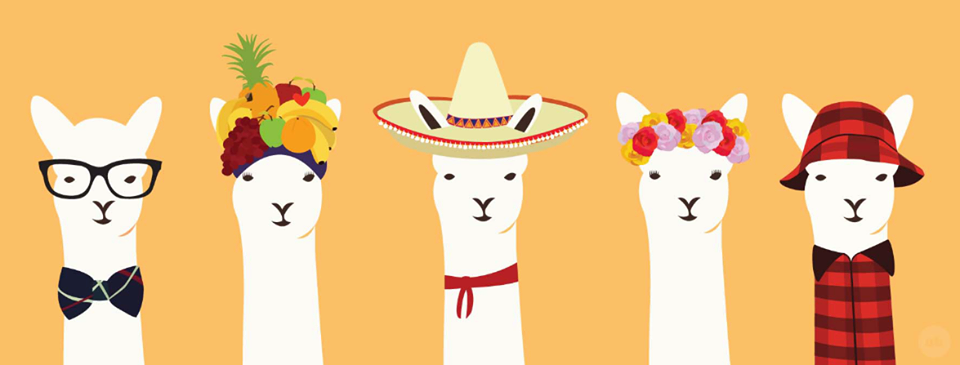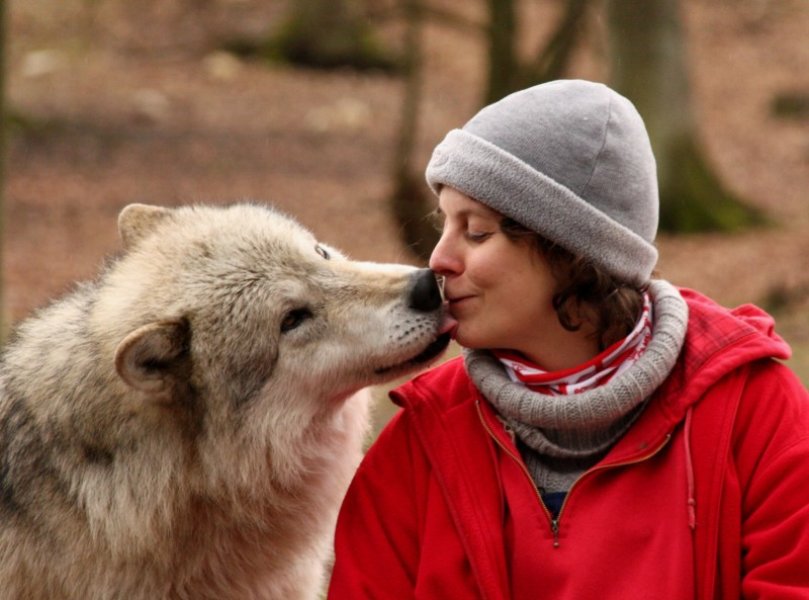Team LlamaBros
Team LlamaBros includes Max, Marco, Douglas and Dylan from year six, Daniel and Charlie from year three, and Sirus from year four.

The Challenge
Our challenge was to identify a problem that occurs concerning humans and animals, and to identify a solution that improves the situation for humans, animals or both.
Our Problem
Many animal and plant species have been introduced into Australia for agriculture, for sport and as pets, and some have been brought in inadvertently. Most of these non-native species have had a significant negative impact on the ecology of natural environments. Livestock that has become established in the wild, such as rabbits, goats, cattle, buffalo, pigs, donkeys, horses and camels, degrade natural habitats by intensive or selective grazing. Introduced predators such as foxes and feral cats are now widespread. They prey on ground-dwelling birds and mammals like the mallee fowl, numbat, chuditch (western quoll), woylie (brush-tailed bettong), greater stick-nest rat and various species of lizards, snakes and rock wallabies. These are only a few examples of the negative effects that non-native species have forced upon the beautiful native habitats and natural environments of Australia.
Our Solution
Some ways you can help solve
our problem
Swerve and hit cane-toads. The cane-toad situation could be described as an epidemic. When driving, killing cane-toads will save our native frogs.
Plant native plants around your home. Native plants provide food and shelter for native wildlife, like stingless bees and butterflies. This will help push the unbalanced ecosystems back into place by creating more native bees and butterflies.
Protect native species’ habitat. Perhaps the greatest threat to native species is loss of habitat. Remember that humans are not really a native species either. If you see people destroying habitat or abusing native species, you can stop them. What they are doing is a crime.
